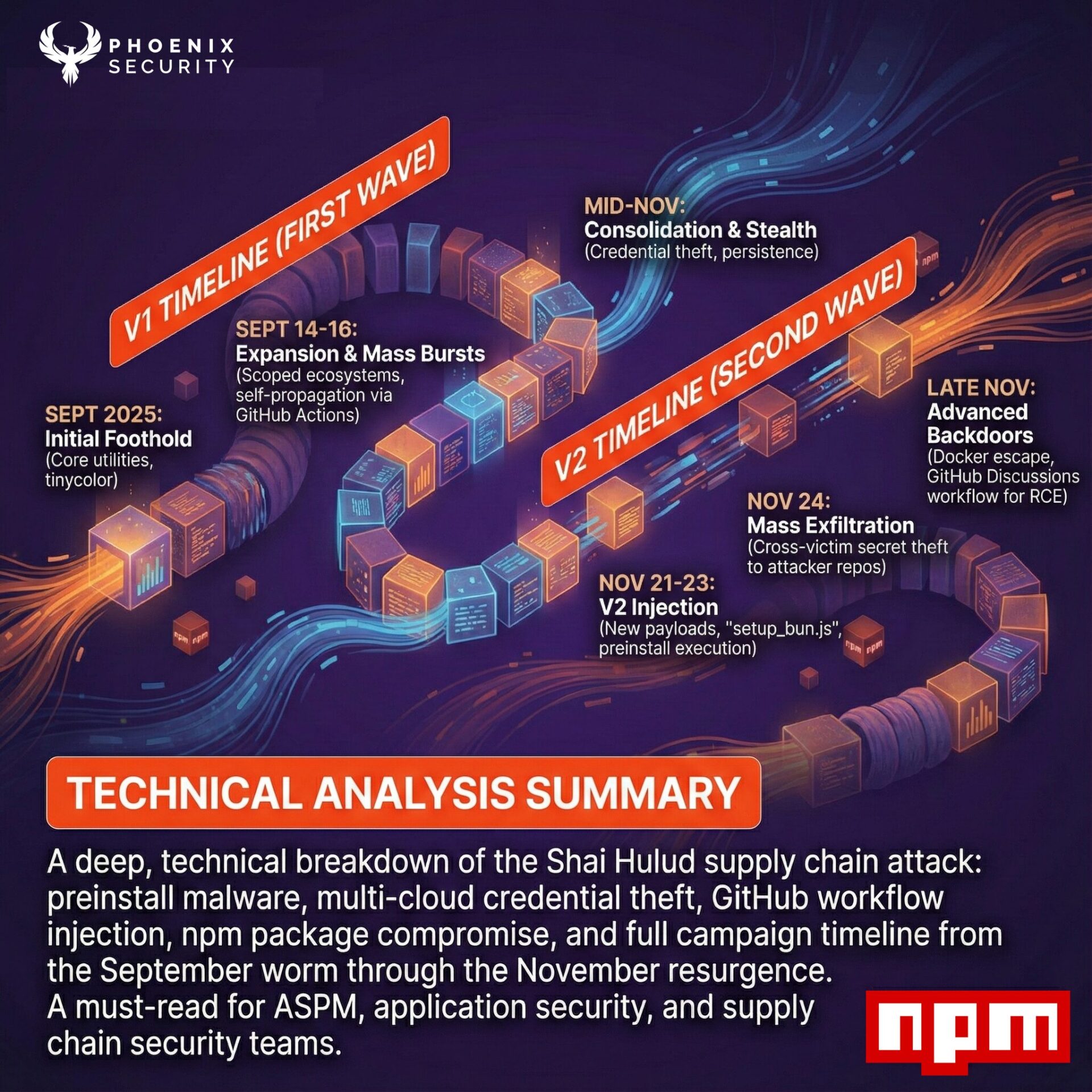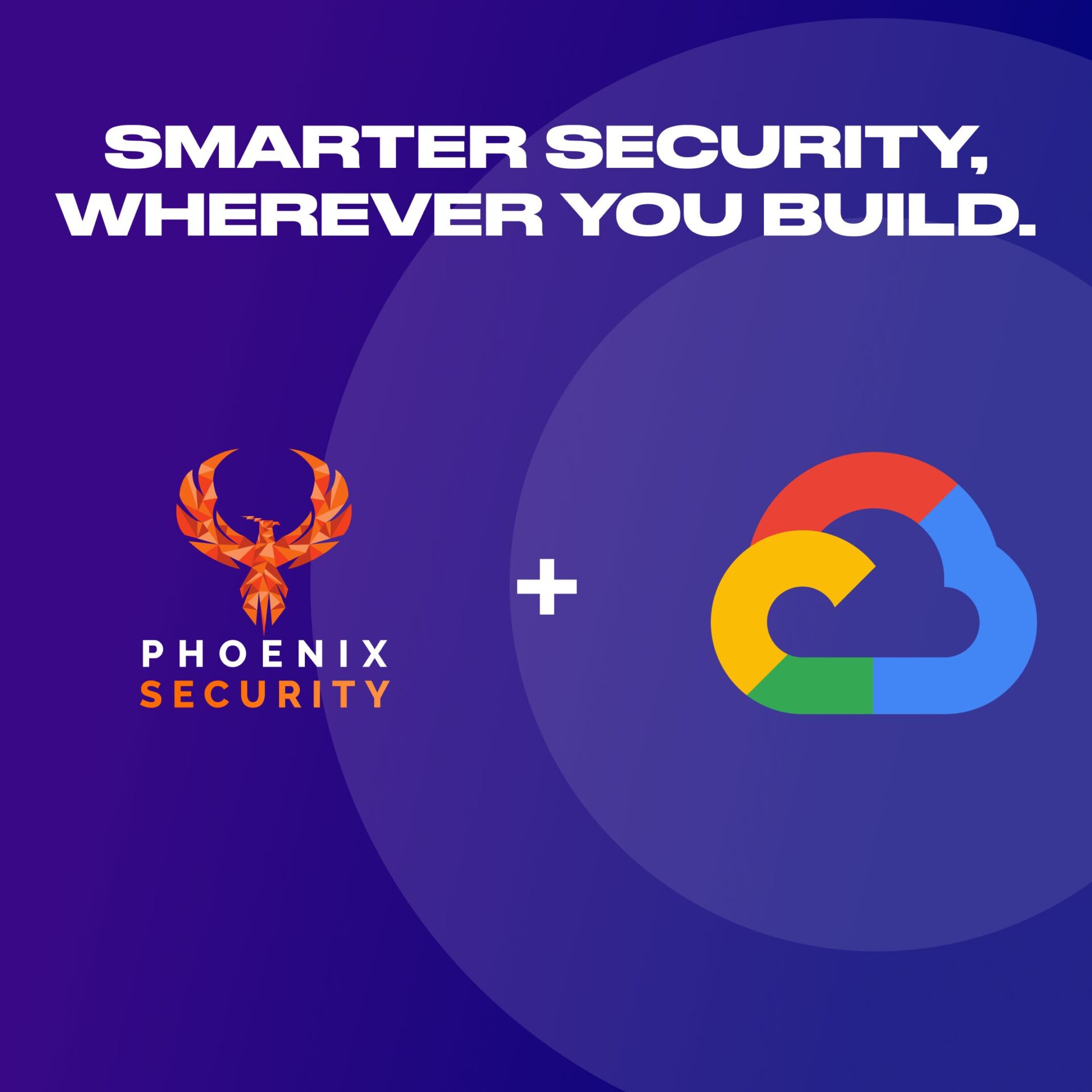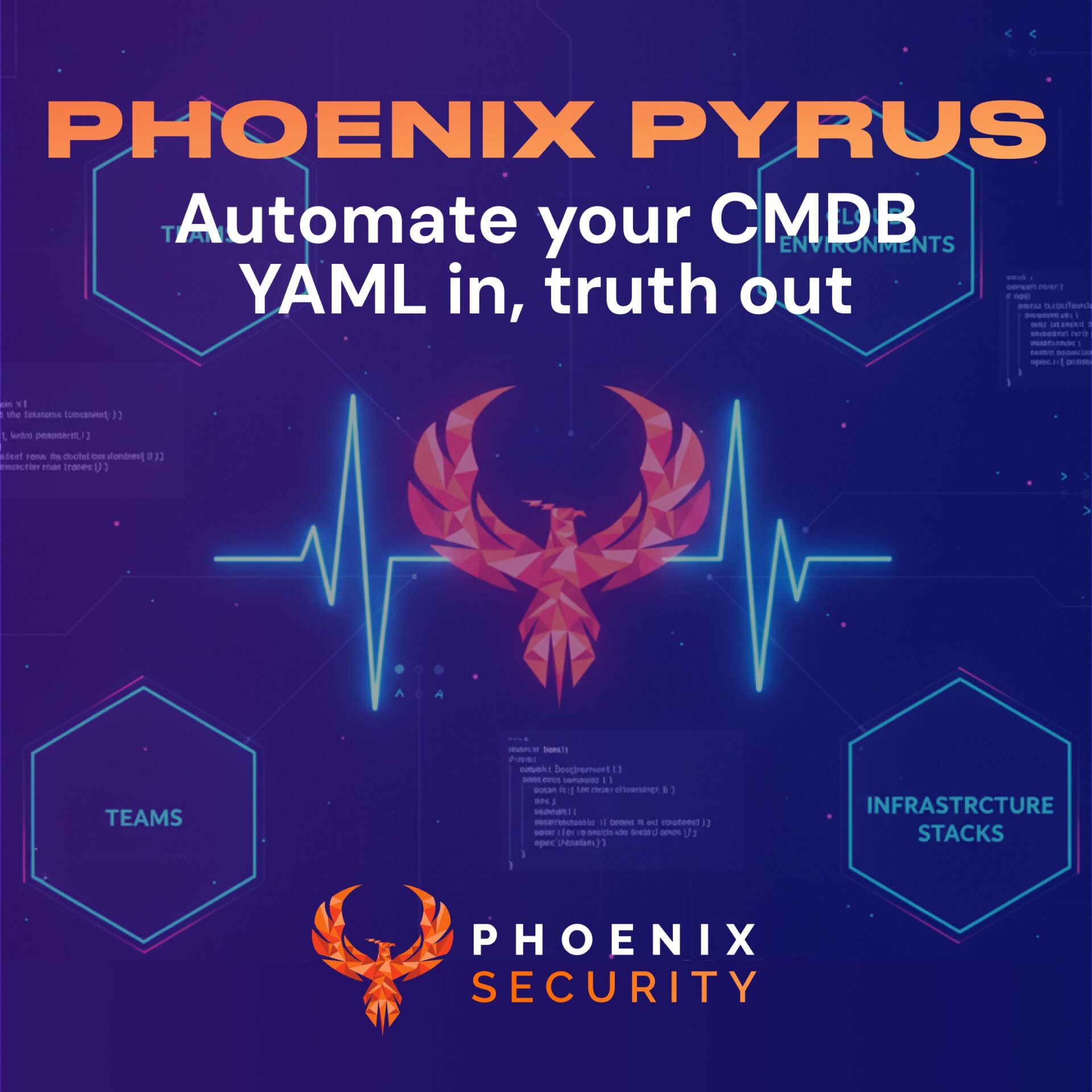In a world where every business needs to keep its security posture up-to-date and its resources secure, a smart exposure management system is the perfect tool to help organizations stay secure. With the right exposure management system in place, businesses can detect potential risks and vulnerabilities quickly, while also eliminating over-exposure to sensitive information.
By taking advantage of an automated exposure management system, companies can greatly reduce their security risks and minimize the associated costs of managing their security posture. In this article, we’ll explore the many benefits of using a smart exposure management system and why it is essential for businesses to stay secure in today’s digital age.
Smart Exposure Management System — Defined
It is a system designed to help organizations better manage and monitor their exposure to risk. It allows organizations to monitor their exposures to risk across multiple sources, including market, credit, operational, legal, and environmental. It also enables organizations to track their exposures to external factors such as economic and political developments.
The system also enables organizations to measure their exposures to risk and to define and implement strategies to manage those risks. It can provide an early warning system for emerging risks, enabling organizations to respond quickly and effectively.
In addition, the system can provide real-time analytics and reporting on the performance of risk management strategies. Finally, it can provide a complete picture of an organization’s risk management strategy, allowing it to identify areas for improvement and making it easier to respond to changes in the external environment.
Smart Exposure Management System: Benefits
1. Improved Visibility
In order to identify network assets and services that are exposed, vulnerable points, and potential threats, a smart exposure management system is necessary. This provides businesses with better insight into the overall security posture of their systems.
2. Automated Risk Assessment
By monitoring environmental changes and analyzing the risk associated with them, a SEMS system automates the risk assessment process. This helps businesses identify potential areas of risk and develop mitigation strategies.
3. Automated Enforcement
In order to protect against potential threats, SEMS can automatically enforce security policies and regulations. This helps to ensure that the necessary controls are in place and that the systems remain secure.
4. Improved Compliance
A smart exposure management system helps to ensure that systems are compliant with applicable regulations. This helps businesses meet their compliance requirements, reducing financial and legal risks associated with non-compliance.
5. Improved Response Time
Exposure management systems help identify potential threats before they become major problems. This enables businesses to respond quickly and effectively to any security incidents, reducing the cost of remediation and minimizing the impact of any data breaches.
6. Reduced Costs
Maintaining secure systems is more affordable with a SEMS. By providing visibility into the security posture of the network, it helps to ensure that only necessary resources are being used, reducing the overall cost of operations.
7. Increased Efficiency
Businesses can streamline security operations using a smart exposure management system, freeing up their time for more critical tasks. This increases the overall efficiency of the security processes, allowing businesses to protect their data more effectively.
8. Improved Security Posture
By providing visibility into potential threats and vulnerabilities, a smart exposure management system helps to maintain a strong security posture. This helps to ensure that security policies are followed and that threats can be quickly addressed.
Smart Exposure Management System: Examples
A SEMS is a security system designed to monitor and control access to a company’s networks and systems. This system can be used to detect suspicious activity and unauthorized access, as well as to control user access and privileges. SEMS systems can also be used to automatically detect and block malicious traffic, as well as to enforce security policies across the entire network.
These systems can be used to monitor and control user activity, as well as to create and enforce security policies across the network. In addition, these systems can be used to identify and respond to potential threats, as well as to protect the company’s sensitive data.
Examples of using a smart exposure management system for cybersecurity include the following:
- Setting up a firewall or IDS to detect and block malicious traffic.
- Implementing access control lists and privileges to control user access.
- Automatically monitoring user activity on the network and responding to suspicious activity.
- Implementing strong authentication and encryption to protect sensitive data.
- Using data loss prevention (DLP) solutions to identify and protect confidential data.
- Creating and enforcing security policies across the entire network.
- Automatically scanning for known vulnerabilities and patching them as soon as possible.
- Scanning for malware and other malicious code.
Using a smart exposure management system can help protect a company’s networks and systems from cyber-attacks and help to ensure that only authorized users have access to sensitive data.
Our Recommendation: AppSec Phoenix

With an integrated suite of products, AppSec Phoenix can identify security vulnerabilities in web applications and protect them against online threats. The platform is designed to maximize organizational exposure management and reduce the risk of attack by providing visibility into the security posture of an organization’s applications and systems.
It features integrated scanning, a centralized management console, and automated remediation and reporting capabilities. Additionally, the user-friendly interface allows for easy setup and use, and the system can be easily customized to suit the needs of any organization.
With AppSec Phoenix, organizations can reduce the complexity of their exposure management procedures, realize greater cost savings, and enhance the overall security posture of their applications.
Bottom Line
Using a Smart Exposure Management System is essential for any business in the modern world. By intelligently managing exposures to risk, businesses can effectively reduce their risk of financial losses, while increasing their operational efficiency and optimizing their resources.
The system also allows businesses to quickly identify and respond to possible threats in a timely manner, and helps to reduce their overall costs. Ultimately, using such a System is a great way for businesses to protect their assets and increase their bottom line.
















